New Scientist covers the latest developments in science and technology that will impact your world. New Scientist employs and commissions the best writers in their fields from all over the world. Our editorial team provide cutting-edge news, award-winning features and reports, written in concise and clear language that puts discoveries and advances in the context of everyday life today and in the future.
A note from the magazine editor
Our material world • As our lives play out in the digital realm, materials are undergoing a quiet revolution
New Scientist
Blood moon wows the world
Brain map may explain intuition • Scientists have mapped the activity that takes place across a mouse’s entire brain and observed how it changes based on prior experience, finds Helen Thomson
Blip detected in space could be the earliest galaxy we’ve ever seen
Quantum router might speed up quantum computers
A single dose of LSD could be enough to reduce anxiety
Sun-powered device extracts lithium more sustainably
Queen ant can make two species • Iberian harvester ant queens lay eggs that turn into males of another species. This trick helps the colony survive, but it may not work forever, finds Tim Vernimmen
Earth’s capacity to store CO₂ could be less than we thought
Smartphone use on the toilet may raise risk of haemorrhoids
Black hole search gets AI assistance • Using Google DeepMind to help detect gravitational waves could lead to new discoveries
A modified hot glue gun can mend broken bones
Meat-free dog foods meet most dietary needs
Hepatitis B shot might lower diabetes risk
No more cars on the scrap heap? • Metal from old cars could be turned into a mouldable material for use in electric vehicles
Pterosaur hatchlings flew straight into the eye of a storm
A minute of exercise could boost lifespan
Liquid crystal lenses may make better bifocals
Analysis Environment • Are farmed oysters, mussels and clams the ultimate green foods? Some studies claim farmed bivalves can capture carbon, but not everyone is convinced, finds Michael Le Page
3D-printing method aims to create bigger quantum computers
Rapamycin may stop DNA damage • Effect on human immune cells could explain why the drug has been linked to longer lifespans
Early penguins could have hunted with dagger-like beaks
The nose knows • We need a better way to measure how stressed we are feeling – and our noses may offer a surprising breakthrough, says Gillian Forrester
No planet B • All about the money? There is growing opposition to environmental policies around the world, but exciting new research shows there are ways to defuse the “green backlash”, finds Graham Lawton
Fishing for truth
Food for thought • Geneticist Tim Spector’s meticulous guide to fermentation could supercharge your gut microbiome – and transform your health, says Helen Thomson
Coming of age • An essential new book grapples with how the modern world is changing the nature of adolescence, finds Chris Simms
New Scientist recommends
The TV column • The world before Ripley The long-running Alien franchise gets a much-needed injection of genre-defying creativity, thanks to Noah Hawley’s surprisingly inventive Alien: Earth TV show, discovers Bethan Ackerley
Your letters
Inside the quantum landscape • A strange kind of geometry governs how particles move inside matter – and physicists have finally glimpsed its shape, discovers Karmela Padavic-Callaghan
Charting the quantum realm
The snot transplant • Loss of smell and a constantly blocked nose are an uncomfortable reality for many, but there is a novel solution, says Graham Lawton
Feeling...

 13-26 December 2025
13-26 December 2025
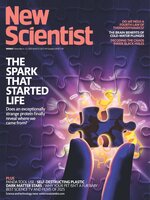 Dec 06 2025
Dec 06 2025
 Nov 29 2025
Nov 29 2025
 Nov 22 2025
Nov 22 2025
 Nov 15 2025
Nov 15 2025
 Nov 08 2025
Nov 08 2025
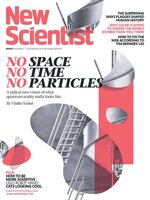 Nov 01 2025
Nov 01 2025
 Oct 25 2025
Oct 25 2025
 Oct 18 2025
Oct 18 2025
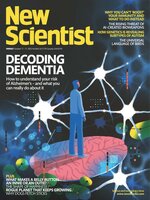 Oct 11 2025
Oct 11 2025
 Oct 04 2025
Oct 04 2025
 Sep 27 2025
Sep 27 2025
 Sep 20 2025
Sep 20 2025
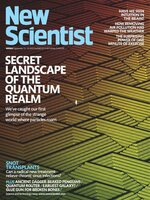 Sep 13 2025
Sep 13 2025
 Sep 06 2025
Sep 06 2025
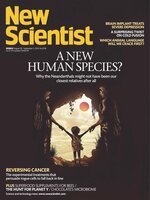 Aug 30 2025
Aug 30 2025
 Aug 23 2025
Aug 23 2025
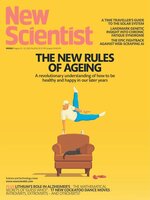 Aug 16 2025
Aug 16 2025
 Aug 09 2025
Aug 09 2025
 Aug 02 2025
Aug 02 2025
 Jul 26 2025
Jul 26 2025
 Jul 19 2025
Jul 19 2025
 Jul 12 2025
Jul 12 2025
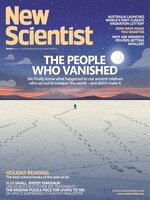 Jul 05 2025
Jul 05 2025